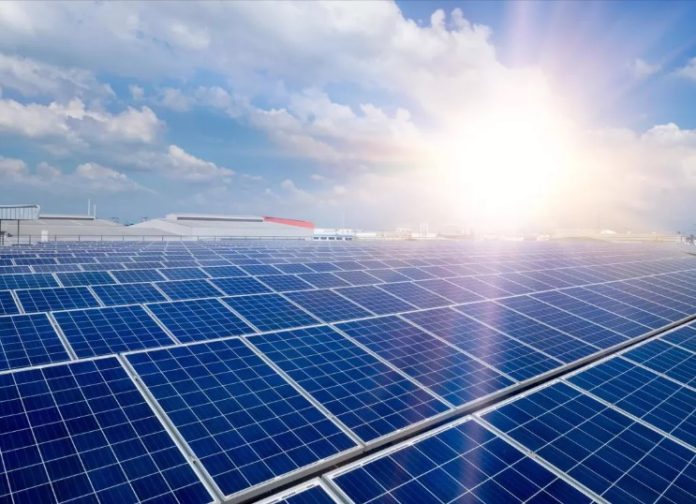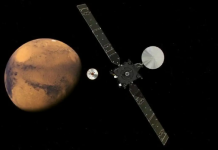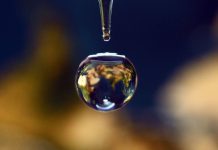Dye-sensitized Solar Cells Can Turn Glass Windows into Solar Panels
Looking to the future: Dye-sensitized solar cells (DSC) are cheap, transparent and flexible. A promising technology has set a new record for the efficiency of converting visible light into electrical energy, making it suitable for use as windows collecting energy.
A group of scientists from the Federal Polytechnic School of Lausanne (EPFL) in Switzerland has developed a new type of dye-sensitized solar cells (DSC). Its vastly improved efficiency promises cheap, transparent and ubiquitous panels generating energy. Widespread adoption can help the world build a future free of fossil fuels and greenhouse gases.
Modern DSC, also known as Gretzel cells, were invented by Brian O’Regan and Michael Gretzel in 1988 as an alternative to an inexpensive solar cell. Based on a semiconductor formed between a photosensitized anode and an electrolyte, the photoelectrochemical system converts electromagnetic radiation into electrical energy. The panels are transparent and cheap to produce. They can be made in several colors, and they are already used in some buildings with glass facades, such as the Swiss Tech Convention Center.
In addition, flexible DSCs can be produced, that is, they can be embedded in portable electronic devices and IoT devices. Modern dye-sensitized solar cells are sold on a large scale, but they are less efficient than conventional solar panels in converting sunlight into energy.
Recent advances in photosensitizers and other DSC components have improved conversion efficiency in both sunlight and ambient lighting conditions. Now the EPFL team has developed a new approach that can, for the first time, increase efficiency by up to 15.2% when simulating sunlight, while maintaining long-term stability of operation for more than 500 hours during testing. With an increase in the active area to 2.8 cm2, the energy conversion efficiency reached a maximum of 30.2 percent.
In their study published in the journal Nature, the scientists achieved groundbreaking results by improving the packaging of two newly developed molecules of photosensitizer-dye to improve the photovoltaic characteristics of DSC. The team explains that the new photosensitizers can collect light in the entire visible light region.
These new results “pave the way for easy access to high-performance DSCs and open up promising prospects” for various applications. Efficient DSCs may one day become power supplies and battery replacements for low-power electronic devices, using simple ambient light as the main source of energy. At the same time, large buildings and greenhouses can power the power grid, producing more energy than they consume.




